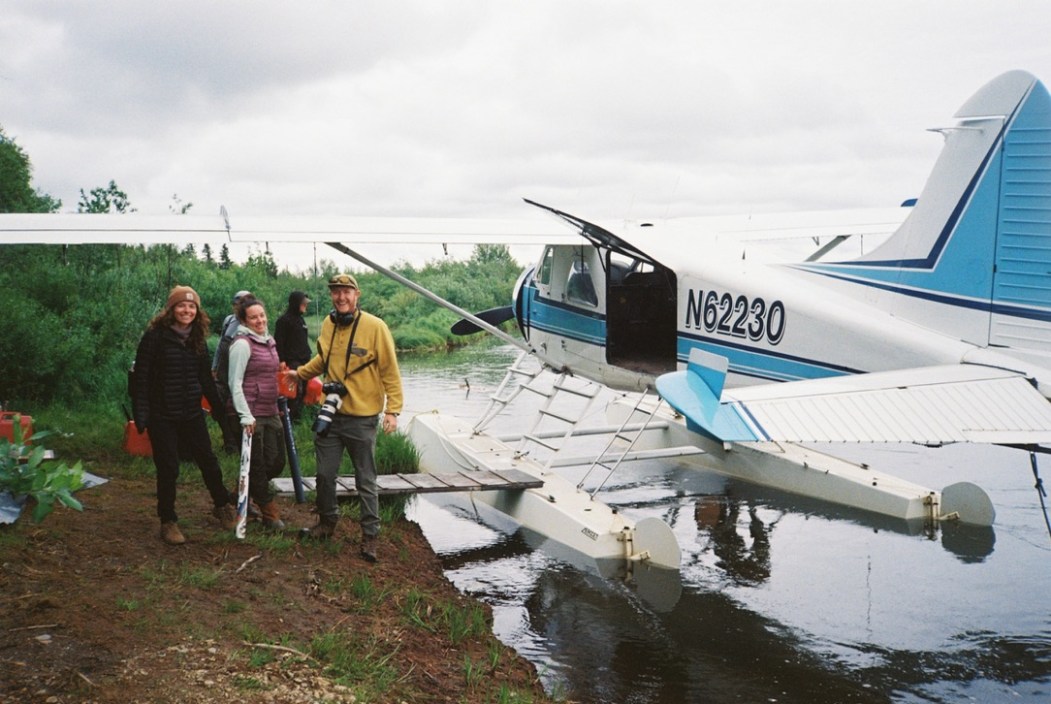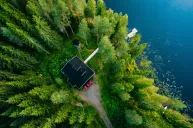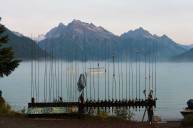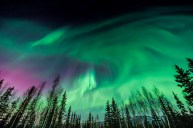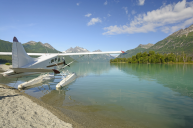Have you ever driven two hours to a seemingly obscure fly fishing spot only to roll into the parking lot and see dozens of vehicles already there? What about waking up at the crack of dawn to beat other anglers to your favorite trout hole? Maybe those two scenarios don't bother you, but instead you're growing tired of catching middling brown and rainbow trout? Bottom line: There's gotta be a better fly fishing experience out there. Right?
Trust me, there is—and you don't need a passport. I just returned from nine days in remote Alaska and I can attest: As its aptly nicknamed, the state is one of the last undeveloped frontiers in the United States. The entire state covers over 663,000 square miles and has 365,000 miles of rivers and 33,904 miles of shoreline, when you include the state's islands. This means it's the perfect place to explore with a fly rod.
Consider my tested-and-proven advice when planning your remote Alaska fly fishing adventure.
When to Go on a Remote Alaska Fly Fishing Trip
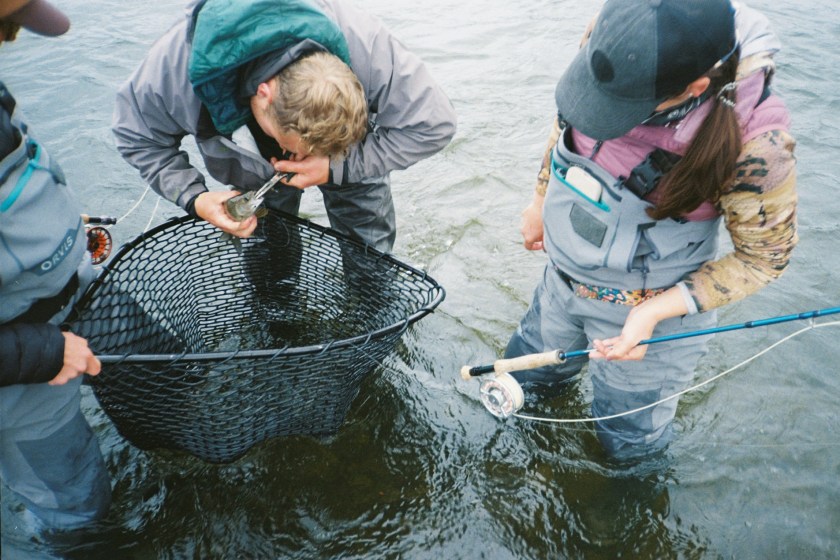
Gabriela Zaldumbide for Wide Open Spaces
The best time to plan an Alaskan fly fishing trip is in the summer, but you have two ways to determine which month to go.
The first is around the types of fish you want to catch. The exact timing varies each year, but sockeye and chum salmon generally run first, then king salmon, then silver salmon. Trout and char species come in behind the salmon, so they can feed off the salmon eggs and decaying dead salmon.
Approximately, that means you should target:
- June for sockeye salmon, chum salmon, arctic grayling
- July for king salmon, sockeye salmon, chum salmon, arctic grayling
- August for silver salmon, rainbow trout, dolly varden, arctic grayling
If you're not intent on checking specific fish species off your bucket list, plan your trip around the weather. The conditions you can expect by month include:
- June temperatures ranging between 40 and 60 degrees F, nearly 24 hours of daylight, overcast skies with pockets of sunshine, frequent rain showers, 10 to 30 mph winds, and aggressive numbers of mosquitoes
- July temperatures between 45 and 65 degrees F, 20 to 22 hours of daylight, an equal balance of sun and rain, 10 to 30 mph winds, and even more mosquitoes
- August temperatures between 50 and 70 degrees F, 18 to 20 hours of daylight, sunnier days, 5 to 15 mph winds, and a burst of mosquitoes in early August with fewer toward month's end
How to Get to Remote Alaska
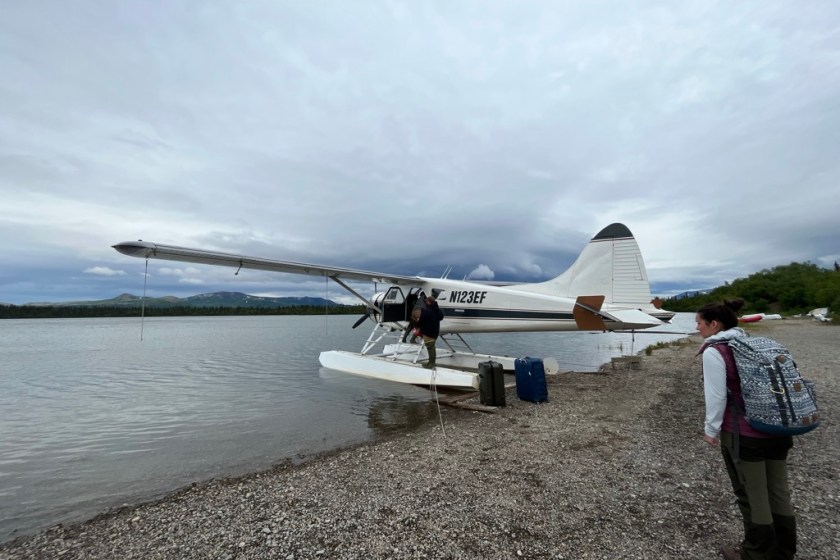
Gabriela Zaldumbide for Wide Open Spaces
To get to remote Alaska, you'll most likely need to take a plane. More specifically, you'll need to take a float plane.
Some outfitters have built their own landing strips for traditional planes with wheels, but many locations are simply set up along a wide river that float planes can land on. After landing, they can buzz right over to the shoreline. If you're flying in and out of Anchorage, you'll find a few good transport services to buy a plane ticket to smaller villages, such as Iliamna Air Taxi. From there, you'll catch a float plane that will bring you to your final destination.
Remember that small planes like Cessnas have very limited space in them. Most can only seat two to five people, and luggage stowage is tight. It's helpful to bring multiple small bags that can be packed in, Tetris-style, instead of one giant suitcase full of gear that may not fit in the plane.
Alternatively, you might take a small boat to your final destination. Make sure you have your travel plans solidified ahead of time because you'll want waterproof luggage if you're taking a boat.
I highly recommend contacting the remote lodge you reserved to get a clear understanding of your travel itinerary. Different lodges have different modes of transportation to get to them—keep in mind, this generally does not include cars—and it could be all plane travel, all boat travel, or a combination of both.
Where to Stay in Remote Alaska
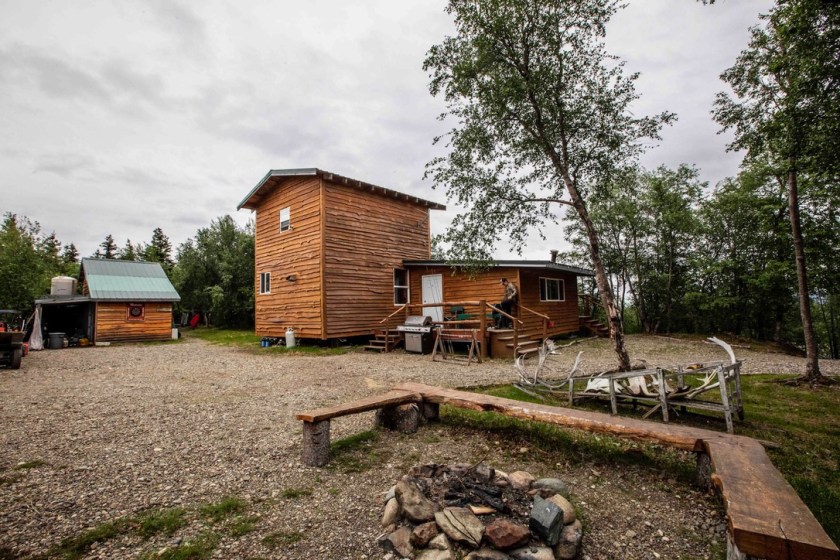
Gabriela Zaldumbide for Wide Open Spaces
Remote fishing lodges are one of the most popular and luxurious ways to experience Alaska. We're not talking about roadside lodges here; as mentioned above, remote lodges are off the beaten path and require a plane, a boat, or both to reach.
Alaska.org provides a solid list of popular remote lodges for prospective adventurers to consider. Most include fly fishing trip packages, as they're located on rivers. This past July, I spent over a week at Alaskan Remote Adventures, a remote lodge on the Mulchatna River. I can't recommend it enough. Even though my friends and I were over 100 miles from Anchorage, we could take a hot shower, eat a hot meal, and sleep in mosquito-free bedrooms.
Contact the lodges you're interested in staying at ahead of time. Check out their websites and reviews to see what the premises are like. Will you be staying in a cabin or a wall tent? Are the amenities upscale or comfortably rustic? Depending on your preferences, you'll want to vet each lodge to ensure that you feel accommodated.
How Much It Costs to Visit Remote Alaska
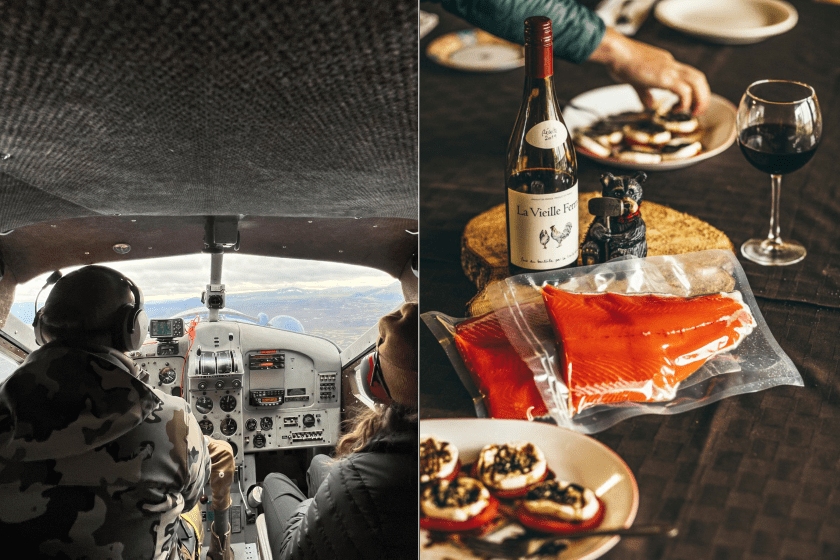
Gabriela Zaldumbide for Wide Open Spaces
As you may have guessed, traveling to remote Alaska isn't cheap. Even if you stay in Anchorage for the duration of your visit, your food and lodging alone may cost upward of $300 a day. If you stay at a lodge, you can expect your nightly stays to run as high as $1,000 or more. This doesn't include the flight to get out to the lodge, which can be as much as $600 round-trip, even if the flight is less than an hour. I highly recommend using Alaska Channel's trip cost calculator to see how your expenses might add up.
One hot tip I learned on my first trip to Alaska back in 2017 was to get an Alaska Airlines credit card. One of my work colleagues asked me if I thought I'd ever want to come back; obviously, my response was a resounding "Yes!" He explained that I should apply for a card now, build up miles for several years and, hopefully, my next flight into Anchorage would be paid for with miles. That's what I did on my return flight from Anchorage to Denver this July. Using my airline miles, I saved $1,200! (However, I still had to pay $650 for my flight from Denver to Anchorage.)
What You Should Pack for Remote Alaska
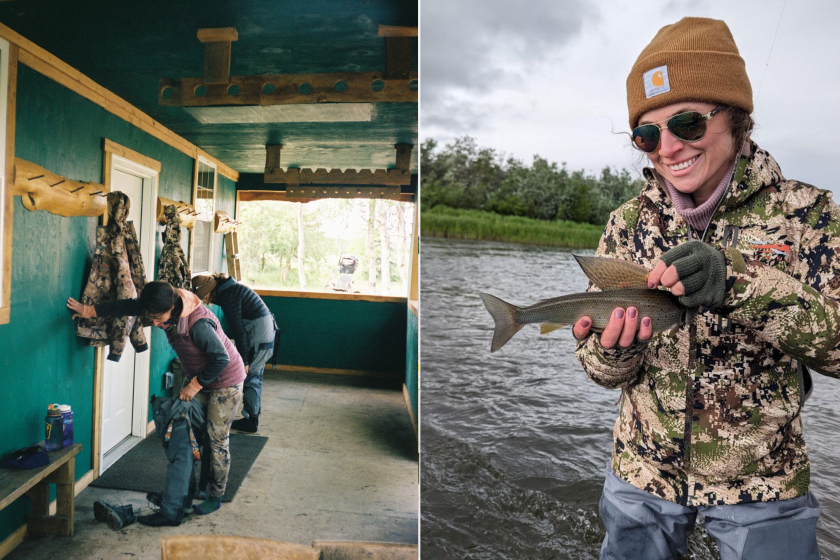
Gabriela Zaldumbide for Wide Open Spaces
When booking your lodge or guide, ask for a packing list. My outfitter provided us with one via email that made it easy for us to know what to bring—and what to leave at home.
No matter when you visit Alaska, you'll want to bring layers of clothing you can put on and take off as the day goes on. Within 24 hours, you might experience hot sun, a violent rainstorm, high winds, and cold nightly temperatures—just for example. It's important to be prepared; you'll enjoy your trip so much more if you can stay dry, warm, and comfortable each day.
There were nine essential pieces of fly fishing gear I'd recommend bringing along. For starters, if you're obsessed with your 7- or 8-weight fly rod setup, bring that along, too (I did). Most outfitters will have fishing gear to provide to you, but it's generally not the best stuff on the market. The same goes for your waders, wading boots, and other fly fishing equipment; some should be available for you to borrow or rent (be sure to confirm this with your outfitter), but if you love your own stuff, bring it to Alaska.
In addition to layers and fishing gear, other things I recommend packing include:
- Comfortable camp shoes and clothing
- A water bottle
- Polarized sunglasses
- Bug repellent or head nets (or both)
- A camera (or, if you have the money, your own photographer)
- A journal
Fly fishing in remote Alaska is an unforgettable bucket-list experience. It's nothing like freshwater fly fishing in the Lower 48; if anything, it's more comparable to saltwater fly fishing. Flashy flies, hard strikes, heavy fish, and jaw-dropping landscapes are the hallmark of wetting your fly line in remote Alaskan rivers. That said, all the planning that goes into making a remote Alaskan adventure happen is worth it.
READ MORE: 7 Most Beautiful Fly Fishing Destinations In the World
